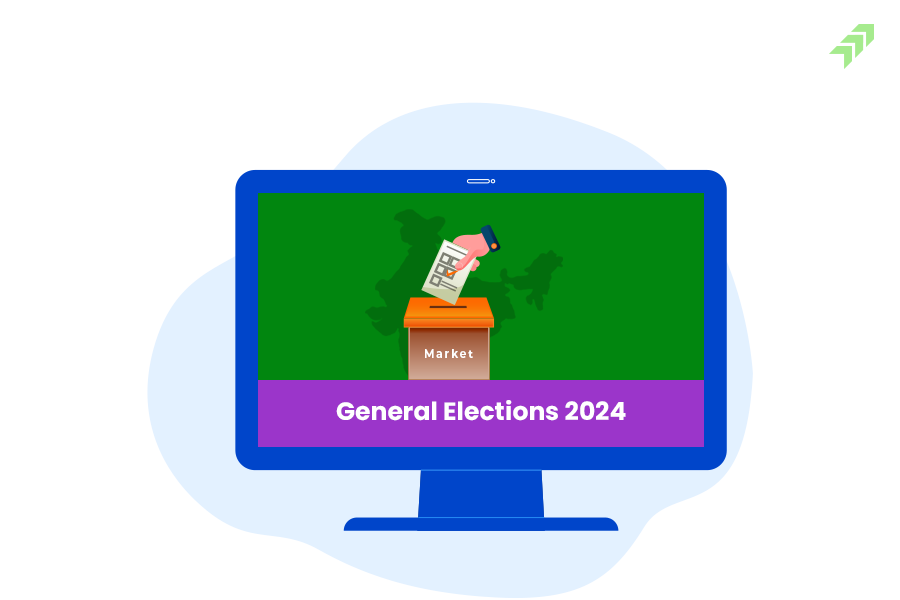As India grapples with a severe heat wave, the elections heat is nearing its end. Residents, investors as well as government across the world have their eyes on the election results and have been waiting for the June 4 announcement to know which party would form the government. Historically, markets have experienced volatility because participants discount all possible scenarios. Stakes have never been this high when the BJP gave the slogan ‘Is baar 400 paar’. Although the market is not discounting the slogan at face value, a clear majority BJP is underlying expectations of the market.
There is widespread belief that the incumbent government will continue to remain in power. Various opinion polls have projected a majority win for the BJP, while none of them have indicated a return of the INDI Alliance. But the FII begs to differ with the popular narrative, as can be seen from their short positions. On May 30, FIIs raised their net shorts from 5,000 contracts to 2.97 lakh contracts in a single session. They also reduced their long positions by 80 percent in a single session, dropping from 257,000 contracts to 51,000. In the last session, FIIs net sold a total of Rs 19,417 crore in Indian equities, across cash, index futures, and stock futures.
Next week, if the markets respond positively to the election outcome, then we might see some good move on the upside because of short covering by the FIIs and overall positive momentum.
According to us, a long strangle strategy would be best for trading the election results. Let’s discuss the long-strangle option strategy.
Long strangle option strategy
A long-strangle option strategy is used when a trader expects a strong moment in either direction. Although the election pools are somewhat in line with the results, the participants wait for the final declaration. The market can ride in either direction; it can be a circuit on the downside if negative news comes up or else move on the upside.
The long strangle strategy is a net debit strategy where the trader buys an OTM call and put option by paying a premium. This strategy is deployed when a trader is expecting a significant move in the market but is unsure about the direction of the move. If volatility rises beyond the breakeven point, there is no floor or ceiling for profits.
If the market doesn’t budge or the volatility remains low, a loss scenario can occur. The maximum loss is between the two strikes, limited to the premium of both the call and the put premium paid.
Option Strategy:
One trading session away from the election result, NIFTY is trading around 22500. On June 6, implement a long-term strategy by buying Nifty 21000 PUT and Nifty 24000 CALL. If the market falls, the call will expire worthless, but your puts will give you handsome returns. Likewise, if the price rises, the put will expire worthless, and the call will perform.

















